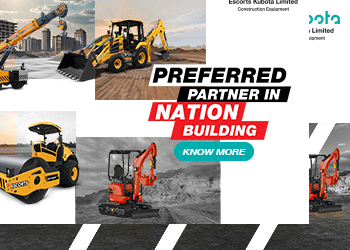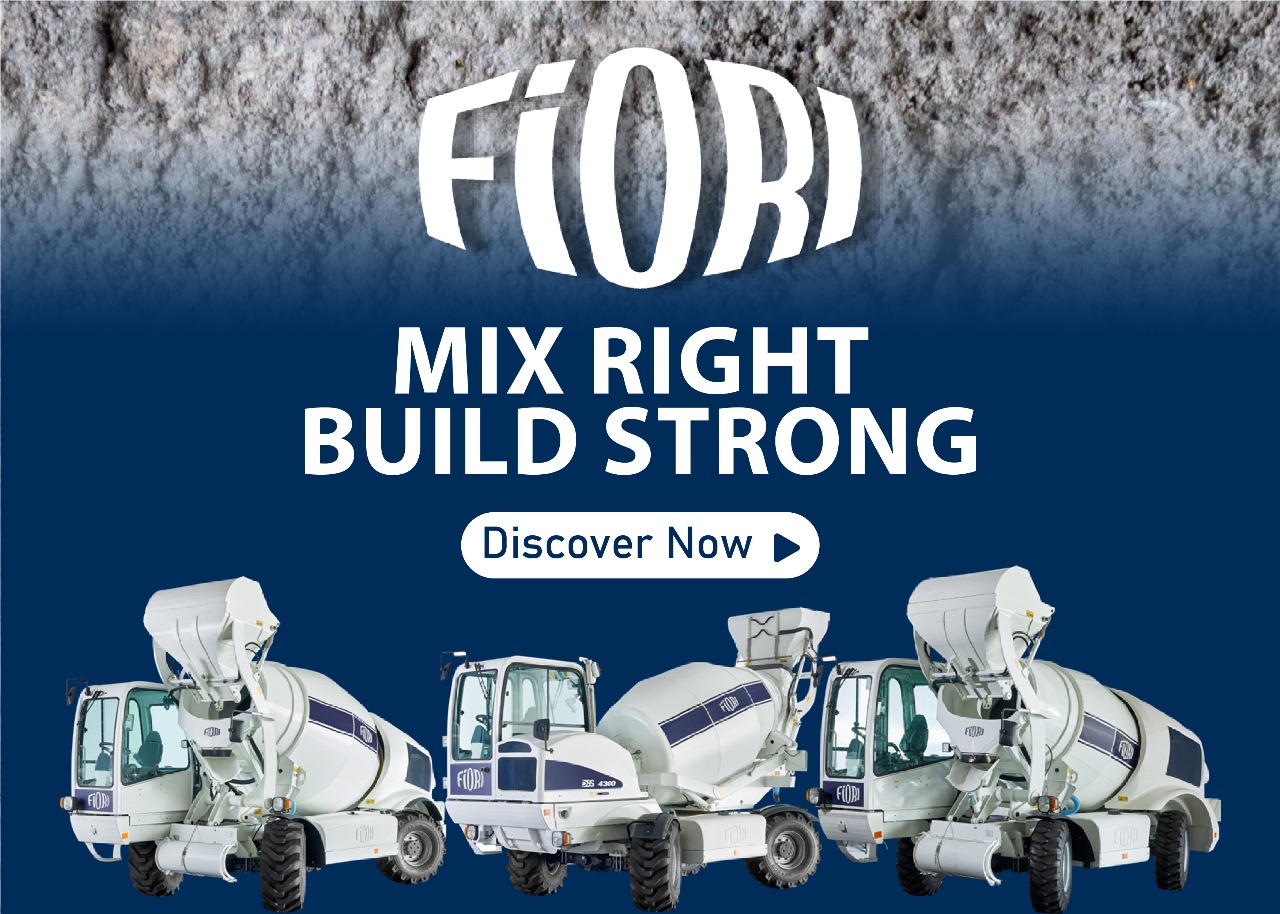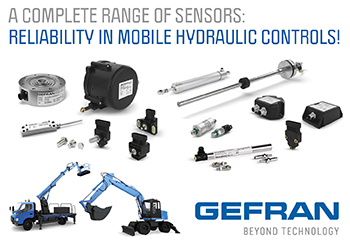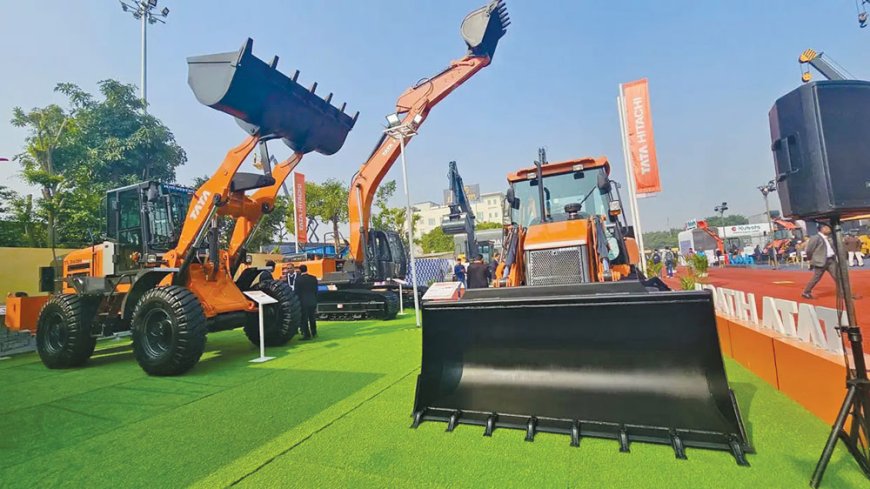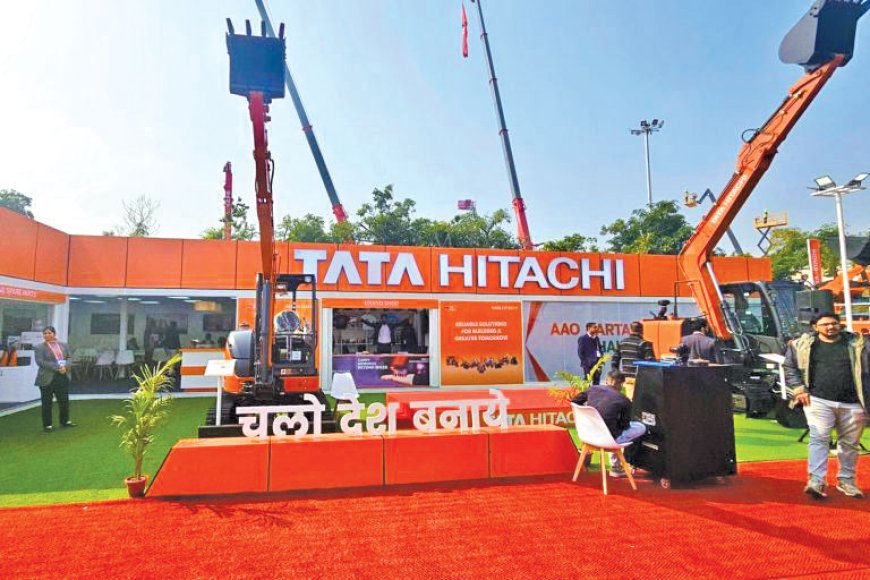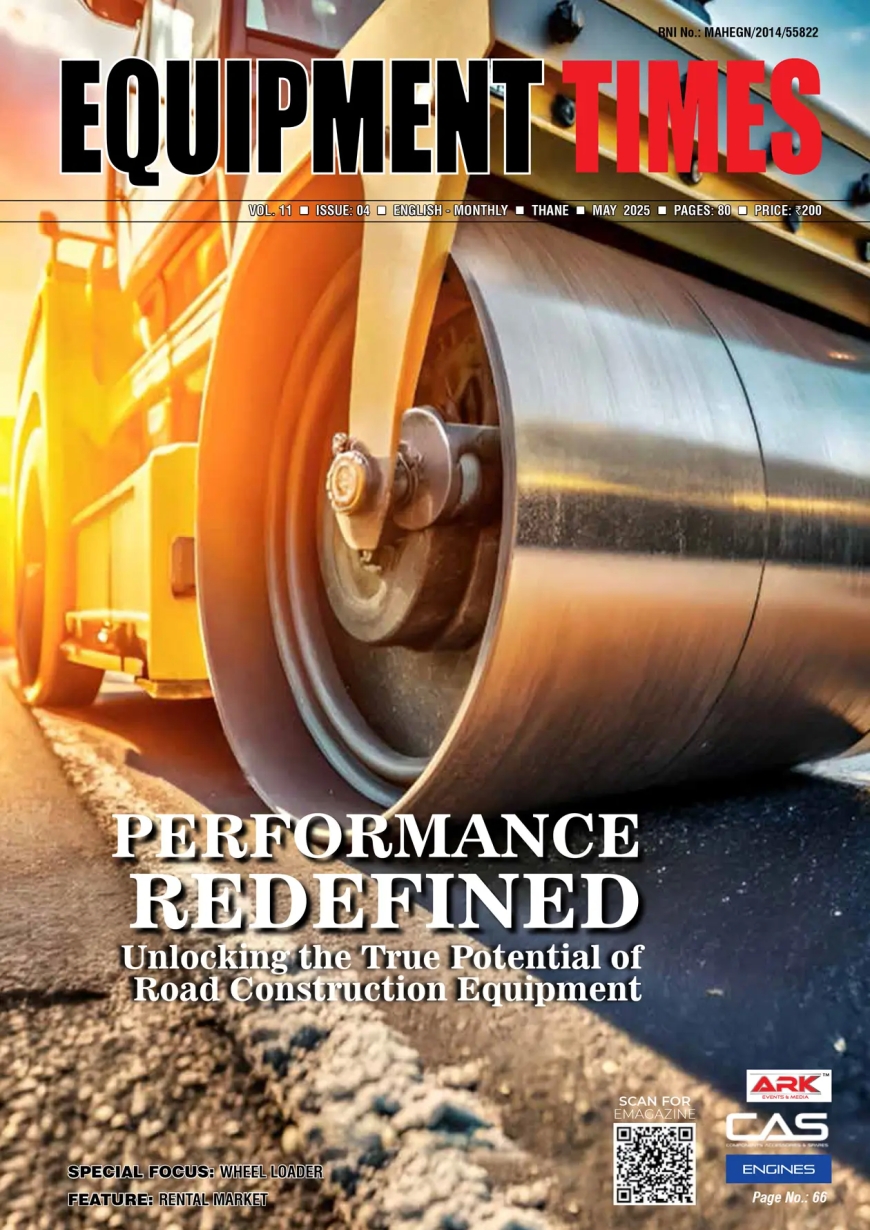Mining is experiencing significant growth, and it plays a pivotal role in meeting the goals set for power generation.
I understand that the Bharat Mobility Construction Expo, which is the second exhibition we’re attending, reflects the government’s efforts to bring all forms of mobility under one roof. While the Auto Expo remains their flagship event, the government is now broadening its focus to include urban mobility, air mobility, and mobility within construction sites. It’s not just about construction equipment anymore; they are addressing all aspects of mobility.
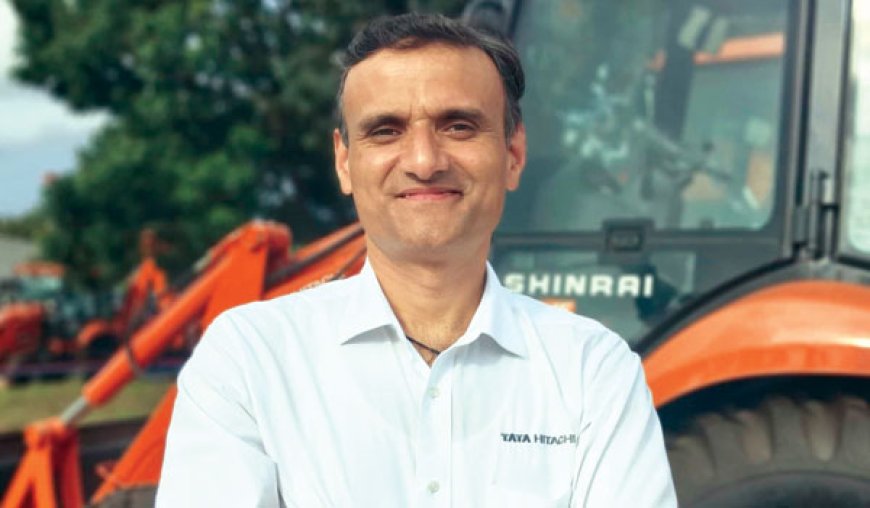
Siddharth Chaturvedi
General Manager, Marketing, Tata Hitachi
Mobility encompasses various forms of transportation, and with numerous infrastructure projects underway in India aimed at enhancing mobility, Tata Hitachi and its machines play a significant role in this development. From this perspective, how do you view the impact of these advancements?
I understand that the Bharat Mobility Construction Expo, which is the second exhibition we’re attending, reflects the government’s efforts to bring all forms of mobility under one roof. While the Auto Expo remains their flagship event, the government is now broadening its focus to include urban mobility, air mobility, and mobility within construction sites. It’s not just about construction equipment anymore; they are addressing all aspects of mobility. In fact, the Pragati Maidan show even features mobility bicycles. This comprehensive approach positions the mobility exhibition as a global platform for showcasing India’s capabilities in manufacturing and producing diverse engineering products, with a focus on mobility solutions.
Moreover, the exhibition is aiming to highlight the supply chain, with the ATMA Show integrated into this broader initiative. It offers end-to-end solutions, covering everything from components to the delivery of mobility solutions, including the software side and aggregation. In my view, this is part of a much larger objective: to consolidate all aspects of mobility under one umbrella and showcase India’s manufacturing strength across these sectors. The goal is not just to display products but to drive the message of India as a global manufacturing hub, capable of creating solutions for both domestic and international markets. This effort seeks to establish the exhibition as a premier event, representing a wide spectrum of equipment, technology, and supply chains.
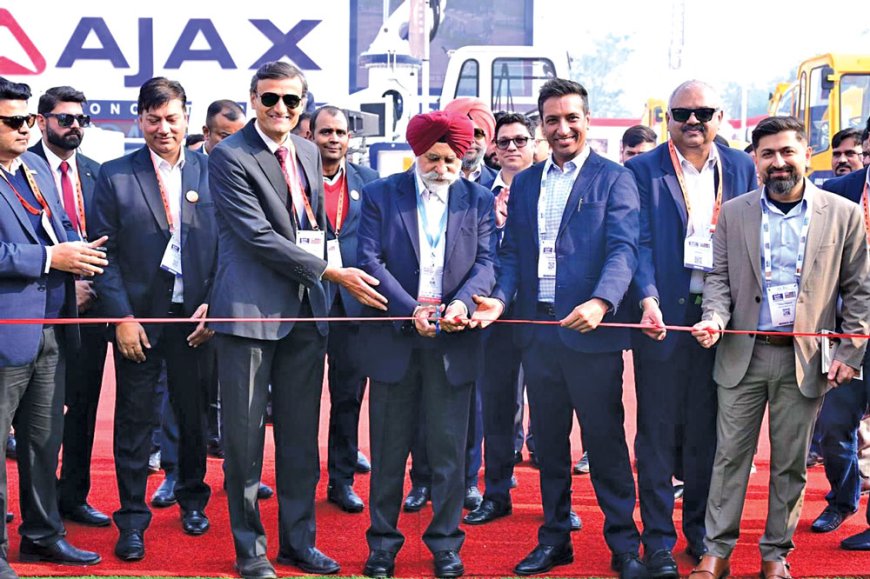
Some shows are in one place and some at other, that seems to makes it a little inconvenient for visitors. How do you look at that?
While it is true that having shows in different locations can be inconvenient for some, it’s important to consider the scale and diversity of the exhibition. Hosting an event of this magnitude in one location would be impractical, given the sheer number of automotive component manufacturers, OEMs across various sectors (such as automobiles, two-wheelers, trucks, buses, construction equipment), drone manufacturers, urban mobility companies, electric vehicle makers, and bicycle manufacturers. The space requirements and visitor volume would be immense.
Currently, there are no plans to bring all these industries together in one place. However, having multiple venues can create spillover foot traffic, benefiting exhibitors. On the positive side, this also means that attendees with specific interests, such as bicycle enthusiasts or excavator professionals, will be drawn to the booths relevant to them, ensuring more focused footfall. This focus is advantageous for exhibitors like us.
What is your USP here for Bharat construction expo? What are you focusing on?
At Bharat Construction Expo, our focus is on showcasing an exciting range of new products. We’re highlighting the Zaxus 1318 mini excavator and an international model from Hitachi. Additionally, we’re showcasing the Shinrai CEV5 backhoe loader, in line with the latest government mandates that have come into effect from January.
Among the key products on display are the TL340H and the CEV5 wheel loader, both designed to meet current industry requirements. We’re also presenting the EX215, a flagship model in the EX series. Alongside these machines, we have a variety of attachments and spare parts on display.
To attract both young and seasoned professionals, we have introduced a popular brand that will allow visitors to take home something valuable from the expo.
How do you view this year, especially considering that some sectors like rural roads and roads faced challenges in the first three quarters? What is your outlook moving forward?
I believe there have been some adjustments made regarding the volume of awards expected this quarter, and we remain optimistic. We hope to see continued growth once the budget details are revealed. We are positive because the government is strongly committed to building infrastructure, which the country desperately needs. Our industry will play a crucial role in shaping this infrastructure, not just for a few years, but likely for decades to come. Looking at the experiences of other countries, there is ample opportunity to build infrastructure, particularly in roads and highways. So, from a long-term perspective, I foresee significant growth in the machinery sector within our industry.
It’s important to acknowledge that there will always be fluctuations—some years may be better than others. But when you consider the long-term view, especially with targets like Viksit Bharat by 2047, it’s clear that infrastructure development will be crucial. There’s no doubt that both the infrastructure and equipment industries need to grow to support this vision.
|
|
|
What about other segments like mining?
Mining is experiencing significant growth, and it plays a pivotal role in meeting the goals set for power generation. Steel, a crucial component in infrastructure, depends on iron ore, and as the demand for steel increases, mining in iron ore will continue to expand. Similarly, cement, an essential ingredient in infrastructure and concrete, requires limestone, driving the growth of mining in that sector as well. For infrastructure to thrive, industries such as steel, cement, iron ore, and aluminum must grow in tandem. There’s no question that these industries must expand to support the nation’s infrastructure development.
Are you introducing any new products or product lines specifically for the mining sector?
We are consistently working on introducing new products. As I mentioned, we have recently launched the ZW225, a 5-ton wheel loader for mining, just about a month ago. In addition, we have more exciting products in the pipeline for the mining space, which will be announced at the right time. As is the case with any company in this industry, we have a product introduction strategy in place. To support the growing demand in infrastructure, the industry requires more efficient and advanced machines. This means new models, offering superior performance and greater efficiency, are essential. We anticipate more product launches, driven by the continued growth in demand. We are fortunate that Hitachi offers a diverse range of excavators and wheel loaders, which can be tailored to meet specific needs. Rest assured, you can expect more launches in the near future.





